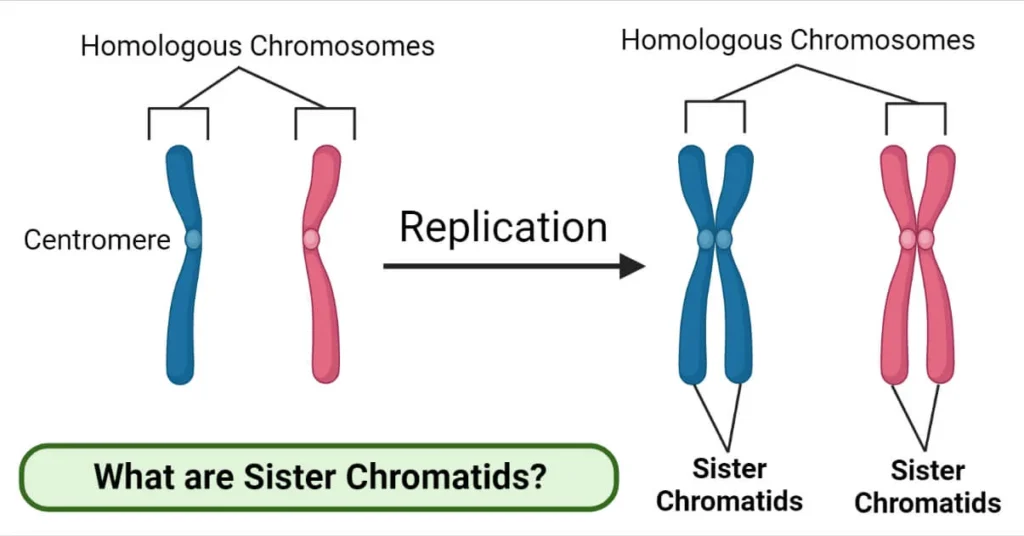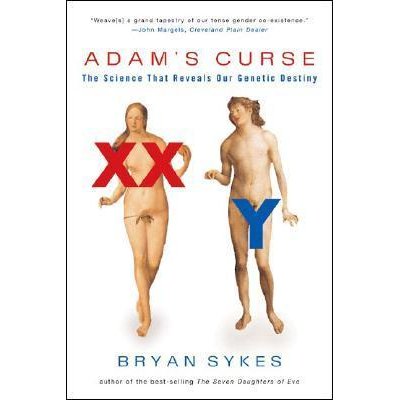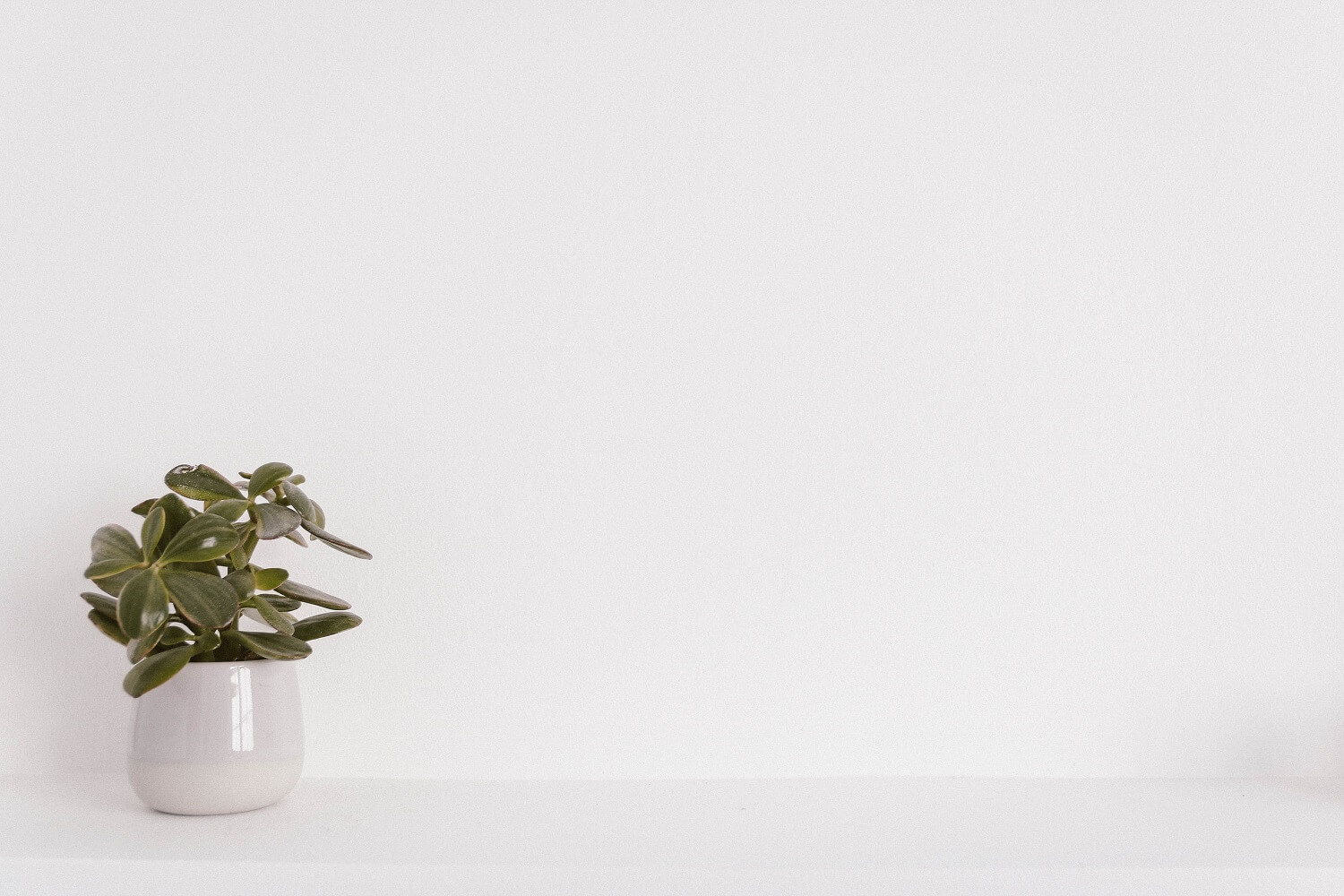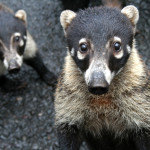D2.1.1 Generation of new cells in living organisms by cell division
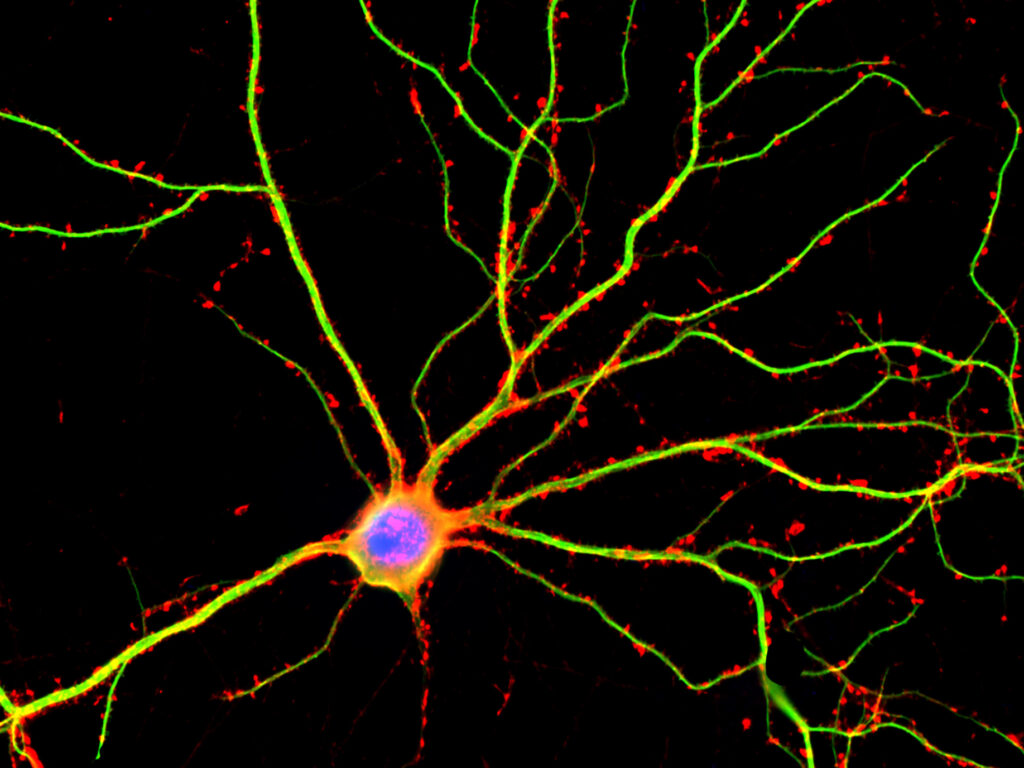
Cells come from pre-existing cells.
This is the central tenet of cell theory.
Q) Where did the cells in your body originate from, and what processes are responsible for their formation?
Option 1: they came from your mothers´blood passed on through the placenta
Option 2: half came from your fathers sperm cells, and half came from your mother´s egg cell
Option 3: All of them came from a zygote, which divided by mitosis and then specialised.
Activity: Can we calculate the number of cells in our body?
Method one: Assume the average human body cell weighs one nanogram (one millionth of a gram).
Method two: Assume the average cell size is 1/40th of a millimetre.
- What challenges are inherent in the two methodologies?
- What limitations are inherent in the two methodologies?
D2.1.2 Cytokinesis as splitting of cytoplasm in a parent cell betwen daughter cells
Cytokinesis divides the cytoplasm of a parent cells into two daughter cells, usually but not always of equal size.
Activity: Watch the two videos showing animal cell cytokinesis (embryonic), and plant cell cytokinesis.
Activity: Note down two or three differences that you observe between cytokinesis in plant and animal cells
D2.1.3 Equal and unequal cytokinesis
Sometimes the division of cytoplasm in cytokinesis is uneven, with one cell gaining the lion´s share of the cytoplasm.
Two examples are:
- Budding in yeast. The nucleus divides by mitosis, an outgrowth of the mother cell is formed. It receives one of the nuclei but only a small share of the cytoplasm. It splits off to become an independent cell.
- Oogenesis in humans. The mother cell divides, creating two nuceli but one of the cells (primary oocyte) gets most of the cytoplasm. The other dies (polar body). Surviving cell divides again, creating a giant cell (secondary oocyte), and another tiny cell with only a little share of cytoplasm and it also dies (second polar body).
Q) Why is the cytoplasm so unevenly shared in these two cases?
Option 1: In the case of yeast, this is a way of adapting to a changing environment by producing two different types of cell. In the case of the human egg, this is a way of creating a giant cell that can hoarde nutrients in the cytoplasm.
Option 2: In the case of the yeast, this is a way of reproducing asexually by producing a clone (almost like a ´mini-me´). In the case of human egg, this is a way of adapting to a new enviroment where only the strongest egg cell will survive and pass on the best genes to the next generation.
Option 3: In the case of the yeast, this is a way of reproducing asexually by producing a clone (almost like a ´mini-me´). In the case of the human egg, this is a way of creating a giant cell that can hoarde nutrients in the cytoplasm.
D2.1.4 Roles of mitosis and meiosis in eukaryotes
Mitosis represents continuity, creating two identical copies of each mother cell. Each daughter cell has the same number of chromosomes as the mother cell (diploid). Mitosis happens whenever growth, replacement or repair occurs.
Meiosis represents change, creating four non-identical copies of the mother cell. Each daughter cell is unique, with a different combination of alleles (specific versions of genes). Meiosis happen in gametogenesis, or the creation of gametes (such as eggs or sperm).
Activity: Prepare a summary table comparing and contrasting meiosis and mitosis.
D2.1.5 DNA replication as a pre-requisite for both mitosis and meiosis
DNA replication is an essential part of interphase (the S phase). Without DNA replication, daughter cells would end up with half of the DNA contained in the mother cell.
Sister chromatids are an expression of DNA replication, in that they contain identical genes.
Sister chromatids are separated as part of anaphase in mitosis, and in meiosis 11 (meiosis 11 is like mitosis).
